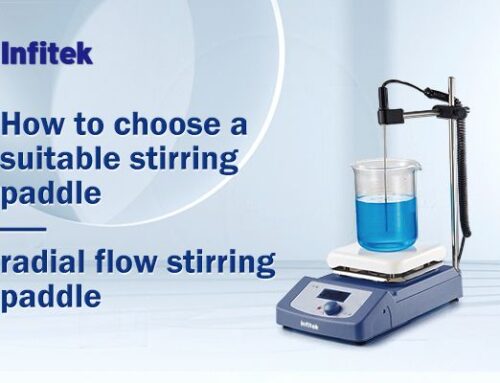In the realm of laboratory analysis and quality control, selecting the appropriate optical instruments is crucial for accurate measurements and reliable data interpretation. Optical instruments such as refractometers, colorimeters, whiteness meters, and gloss meters play essential roles across various industries including food and beverage, pharmaceuticals, materials science, and cosmetics. Here’s a comprehensive guide on how to choose the right laboratory optical instruments, followed by a recommendation of Infitek’s product offerings.
1. Understand Your Specific Needs:
Begin by identifying the specific parameters and characteristics you need to measure or analyze in your laboratory. Consider factors such as refractive index, color values, whiteness, or gloss levels depending on your application requirements.
2. Evaluate Measurement Accuracy and Precision:
Assess the required measurement range, accuracy, and precision for your experiments or quality control processes. Choose instruments that offer the necessary sensitivity and resolution to meet your standards.
3. Consider Instrument Versatility:
Opt for versatile instruments capable of handling a range of sample types and sizes. Versatility ensures that the instrument can adapt to different applications within your laboratory.
4. Assess Ease of Use and Maintenance:
Select instruments that are user-friendly and require minimal maintenance. Intuitive interfaces and streamlined calibration procedures can improve operational efficiency.
5. Review Technical Specifications:
Study the technical specifications of optical instruments, including resolution, response time, and calibration stability. Compare these specifications to your experimental requirements.
6. Check Instrument Compatibility and Integration:
Ensure that the chosen instruments are compatible with your existing laboratory equipment and data management systems. Integration capabilities streamline workflow and data analysis.
7. Consider Budget and Cost of Ownership:
Determine your budget constraints and evaluate the total cost of ownership, including initial purchase price, maintenance, and calibration expenses over time.
8. Read User Reviews and Recommendations:
Seek feedback from other users and industry experts regarding the performance and reliability of different instrument models. User reviews can provide valuable insights into real-world usability.
9. Explore Infitek’s Optical Instrument Offerings:
Infitek offers a range of high-quality optical instruments designed to meet diverse laboratory needs:
Refractometers: Accurately measure refractive indices of liquids and solids for applications in chemistry, food processing, and pharmaceuticals.
Colorimeters: Precisely analyze color values and chromaticity for quality control in industries such as textiles, paints, and plastics.
Whiteness Meters: Evaluate the whiteness and brightness of materials for papermaking, coatings, and building materials industries.
Gloss Meters: Measure surface gloss and reflectivity for quality assessment in automotive, furniture, and electronics manufacturing.
Infitek’s optical instruments are known for their accuracy, reliability, and ease of use, making them ideal choices for laboratory professionals seeking dependable measurement solutions.
By following these guidelines and considering Infitek’s product offerings, you can confidently select the right laboratory optical instruments to optimize your laboratory processes and achieve precise analytical results.
For more information about Infitek’s optical instruments, visit our website or contact us directly to discuss your specific requirements and explore how our products can enhance your laboratory operations.




Get Social